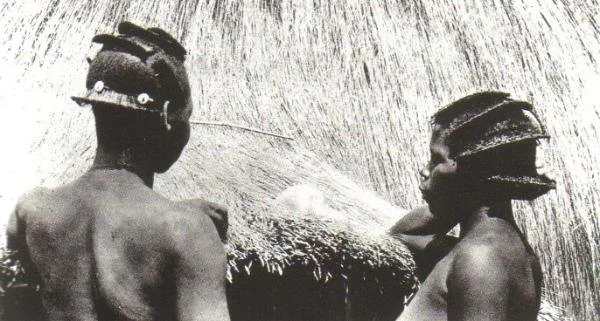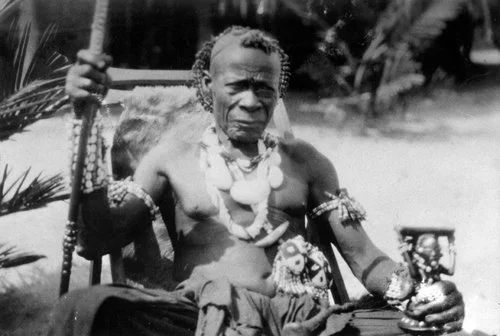Luba/Baluba People
Origins / Location : South-central region of the Democratic Republic of the Congo
Names : Luba-Shankaji / Luba-Bambo / Luba-Hemba.
Languages : Luba dialects (Luba-Kasai (Tshiluba) / Luba-Katanga (Kiluba) / Kete / Kanyok / Swahili and French.
Religion : Traditional, indigenous religion centered on a Universal Creator (Shakapanga) / Christianity / Islam.

The Luba People of DRC Congo "The Luba/Baluba people are an ethnolinguistic group indigenous to the south-central region of the Democratic Republic of the Congo. They are indigenous to the Katanga, Kasai, and Maniema regions and the largest ethnic group in DRC with a population of about 14 million people. They consist of many sub-groups who speak various dialects of Luba (Luba-Kasai, Luba-Katanga) or other languages, such as Swahili. They are renowned for creating the powerful pre-colonial African kingdom of Luba in the marshy grasslands of the Upemba depression, known as the Baluba confederation. Baluba speak two distinct Bantu Luba languages known as Tisiluba/Luba-Kasai and Kiluba/Luba-Katanga. Luba-Kasai is spoken chiefly in the Kasai Occidental and Kasai Oriental provinces of the Democratic Republic of the Congo and is widely used in education as well as churches. On the other hand, Luba-Katanga is spoken mainly in the southeast area of the country around Kabongo, Kamina, Luena, Lubudi, Malemba Nkulu, Mulongo, Manono, Kaniama and mostly in Katanga areas. The Baluba were ruled by a king referred to as Mulopwe, which means sacred. The Kingdom was founded by King Nkongolo Mwamba in the 15th century and governed the clans through chiefs called Balopwe and nobles known as Bamfumus. The titles were perceived to be sacred and supernatural power was associated with the holders. This created a strict code of loyalty and respect for the crown. The ruling class were almost exclusively merchants who often held a monopoly in trade and used it to consolidate their power throughout Central Africa. The Mbudye (memory men) were the keepers of the Luba tradition and passed it along through oral means. They were allowed passage everywhere in the kingdom, even the royal palace, and had a supernatural authority, only second to the Mulopwe. However, the Luba kingdom was destroyed by the long-distance trade that they practised by the Nyamwezi people from Tanzania, under the leadership of their chief, Msiri. The Kingdom was raided for slaves and ivory but what led to the ultimate destruction was a succession dispute after the death of King Ilunga Kabale in 1874." Image: Luba chief with a throne, Katanga Province, Democratic Republic of the Congo, 1989. Photo by Mary Nooter Roberts.

"The Emperor Albert Kalonji, Mulopwe of the Baluba. Dressed in a suit, wearing a crown, he is seated on a throne surrounded by a large crowd. This solemn scene illustrates a key moment in Luba culture."
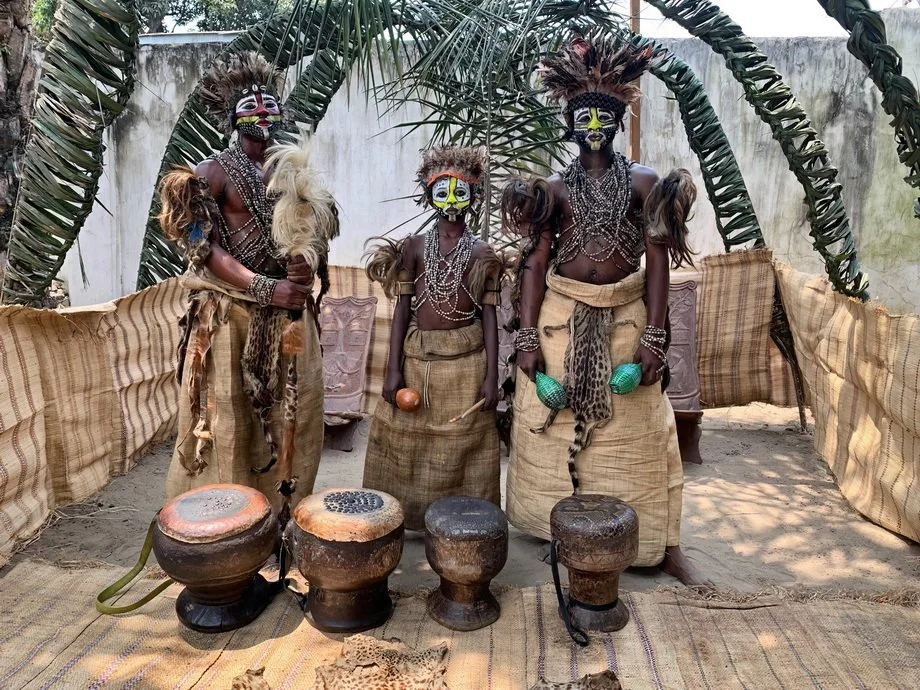
Luba / Baluba People via 101 Last Tribes. Image Sources: Photo: © Joan Riera Baladas (2024) Pierre Petit - Everyculture.com Nalrc.indiana.edu Wikipedia.org Peoplegroups.com

Luba / Baluba People via 101 Last Tribes. Image Sources: Photo: © Joan Riera Baladas (2024) Pierre Petit - Everyculture.com Nalrc.indiana.edu Wikipedia.org Peoplegroups.com

Luba / Baluba People via 101 Last Tribes. Image Sources: Photo: © Joan Riera Baladas (2024) Pierre Petit - Everyculture.com Nalrc.indiana.edu Wikipedia.org Peoplegroups.com

Luba / Baluba People via 101 Last Tribes. Image Sources: Photo: © Joan Riera Baladas (2024) Pierre Petit - Everyculture.com Nalrc.indiana.edu Wikipedia.org Peoplegroups.com
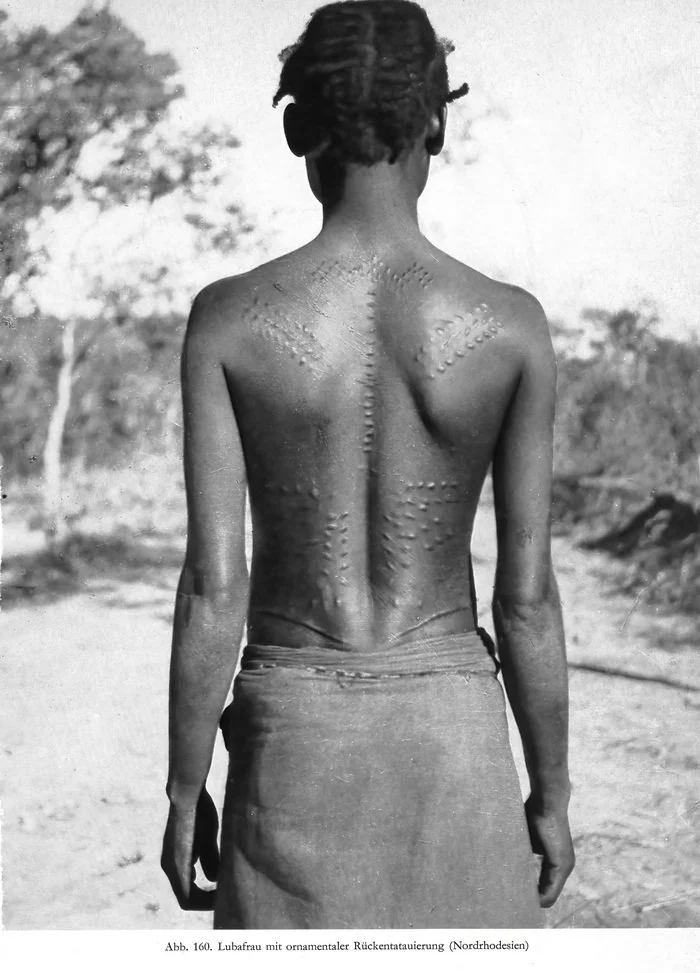
Luba / Baluba People via 101 Last Tribes. Image Sources: Photo: © Joan Riera Baladas (2024) Pierre Petit - Everyculture.com Nalrc.indiana.edu Wikipedia.org Peoplegroups.com
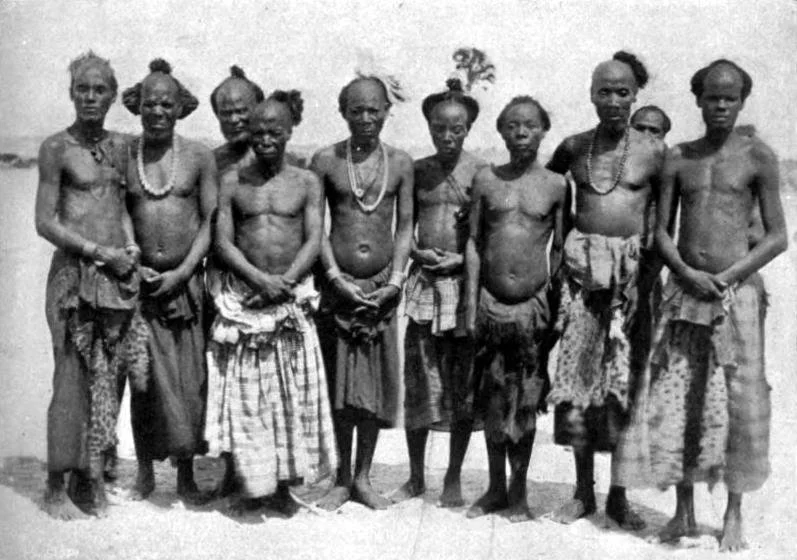
Luba / Baluba People via 101 Last Tribes. Image Sources: Photo: © Joan Riera Baladas (2024) Pierre Petit - Everyculture.com Nalrc.indiana.edu Wikipedia.org Peoplegroups.com

Luba / Baluba People via 101 Last Tribes. Image Sources: Photo: © Joan Riera Baladas (2024) Pierre Petit - Everyculture.com Nalrc.indiana.edu Wikipedia.org Peoplegroups.com
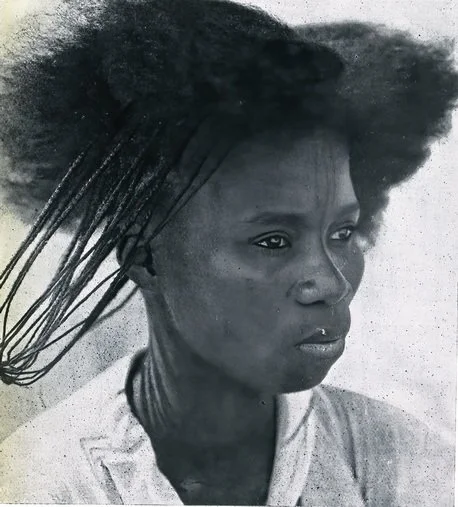
Luba / Baluba People via 101 Last Tribes. Image Sources: Photo: © Joan Riera Baladas (2024) Pierre Petit - Everyculture.com Nalrc.indiana.edu Wikipedia.org Peoplegroups.com

Luba / Baluba People via 101 Last Tribes. Image Sources: Photo: © Joan Riera Baladas (2024) Pierre Petit - Everyculture.com Nalrc.indiana.edu Wikipedia.org Peoplegroups.com

Luba / Baluba People via 101 Last Tribes. Image Sources: Photo: © Joan Riera Baladas (2024) Pierre Petit - Everyculture.com Nalrc.indiana.edu Wikipedia.org Peoplegroups.com

Luba / Baluba People via 101 Last Tribes. Image Sources: Photo: © Joan Riera Baladas (2024) Pierre Petit - Everyculture.com Nalrc.indiana.edu Wikipedia.org Peoplegroups.com
LUBA KIFWEBE MASK "African art and masks among the Luba For the Luba, Songye and Kalebwe, a mask is a kifwebe, a term given to African masks representing spirits and characterised by striations. Kifwebe masks embody supernatural forces. The Bwadi bwa kifwebe society used them to ward off disaster or other threats. The masks were complemented by a woven costume and a long raffia beard, and danced at various ceremonies. They are worn by men who act as policemen at the request of a leader or to intimidate the enemy." Tribal Art Collection Belgium.
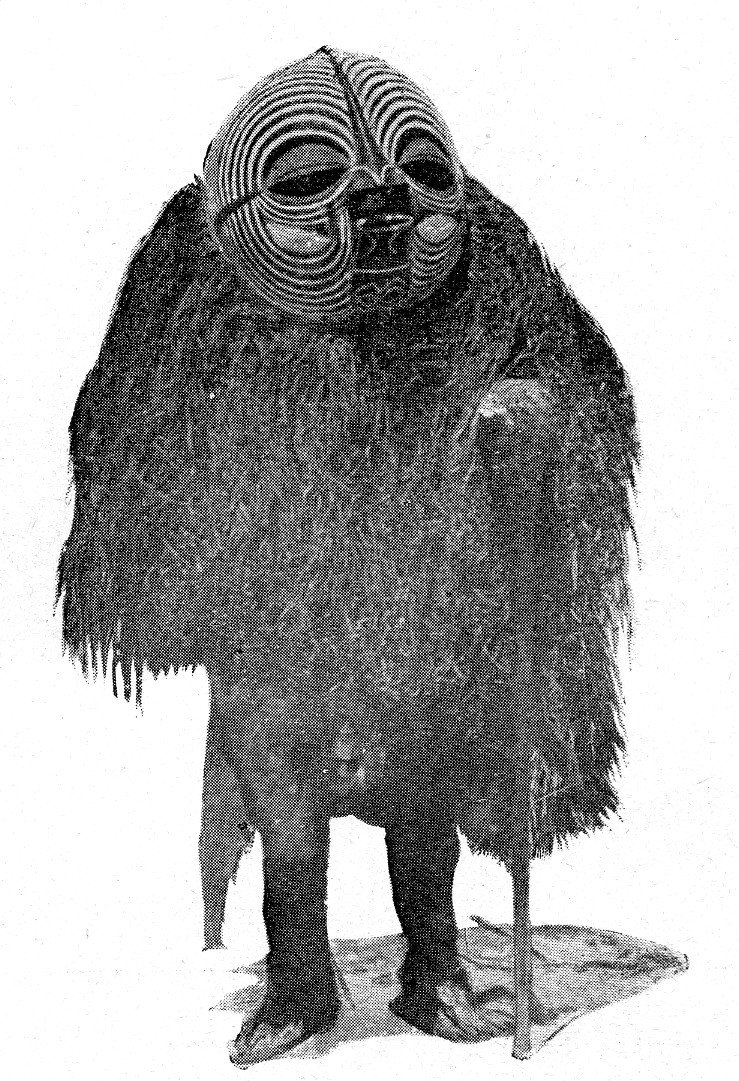
LUBA KIFWEBE MASK "African art and masks among the Luba For the Luba, Songye and Kalebwe, a mask is a kifwebe, a term given to African masks representing spirits and characterised by striations. Kifwebe masks embody supernatural forces. The Bwadi bwa kifwebe society used them to ward off disaster or other threats. The masks were complemented by a woven costume and a long raffia beard, and danced at various ceremonies. They are worn by men who act as policemen at the request of a leader or to intimidate the enemy." Tribal Art Collection Belgium.




